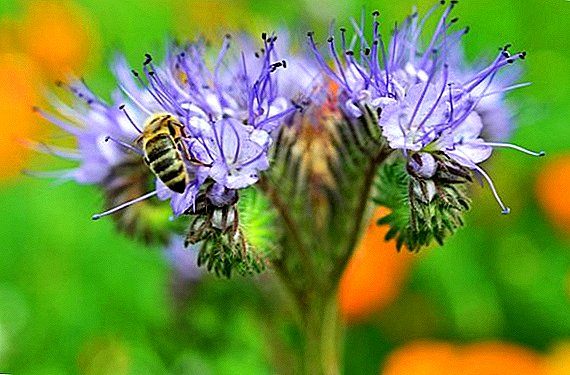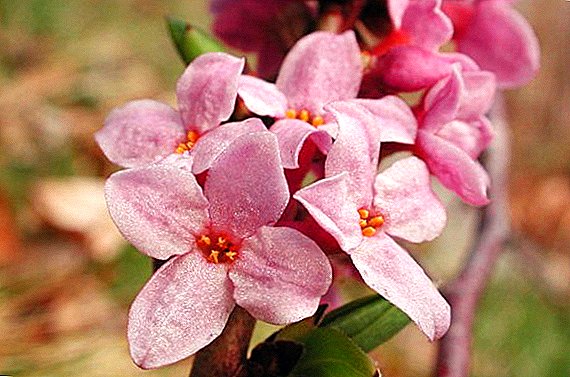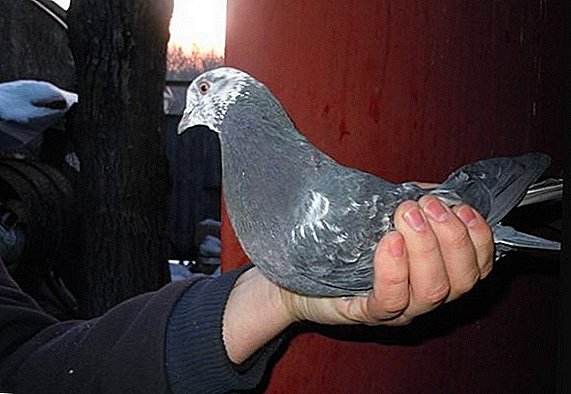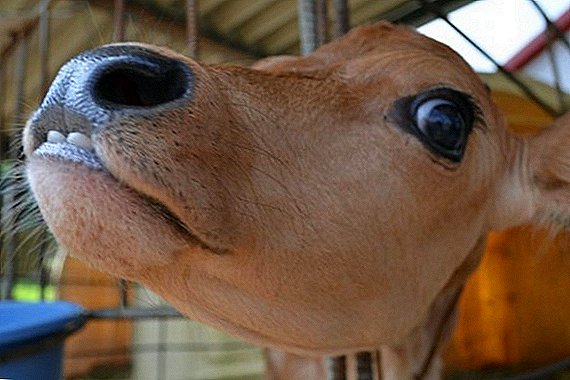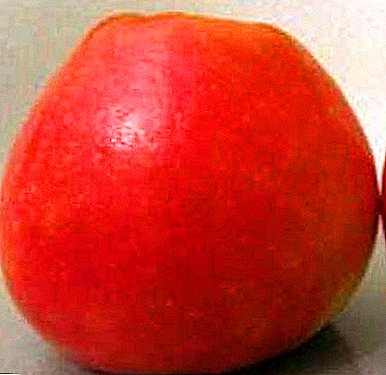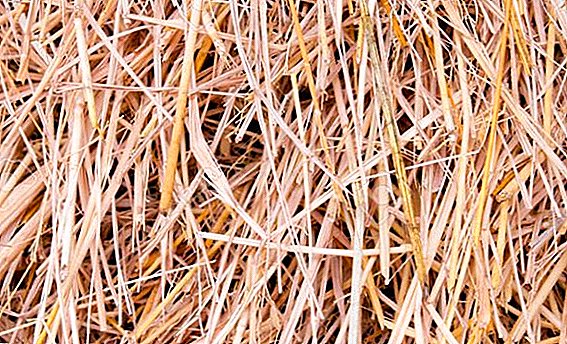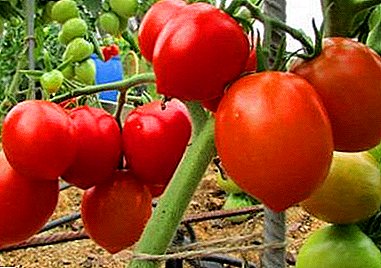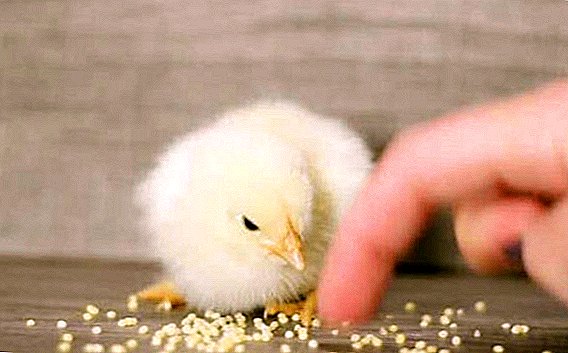 It is very important to establish proper nutrition for chickens from the first days of life. Of course, you can use a special balanced feed - but poultry farmers who own small farms prefer to use traditional, commonly available products, such as cereals, grains, greens, and the like. Let's take a look at what kind of familiar and affordable food we can give to chicks, from what age, in what form and quantity.
It is very important to establish proper nutrition for chickens from the first days of life. Of course, you can use a special balanced feed - but poultry farmers who own small farms prefer to use traditional, commonly available products, such as cereals, grains, greens, and the like. Let's take a look at what kind of familiar and affordable food we can give to chicks, from what age, in what form and quantity.
Millet
- Millet can be used to feed chicks. Before you feed the chickens, it is poured boiling water and allowed to swell. When millet is well evaporated and cool, they make mash.
- They can be fed from the first day of life. In the first days it is recommended to give the kids a mixture of steamed cereals and crushed eggs. You can also make mash of millet with cottage cheese or with skim milk. Somewhat later, you can add greens, vegetables, yeast. It is not recommended to use cooked cereals for food, as they can stick together and clog the goiter to the chickens.
- From 1 to 10 days of life, there are 2 grams of millet per head, and from 10 to 20 days, 3 grams are given for each nestling. It should not be the only cereal in the diet.
- This cereal contains carbohydrates, proteins, vitamins (B1, B2, E, PP) and minerals necessary for the full development of chicks. When intestinal disorders chicks millet and manganese solution are useful for chicks.

Important! During feeding, it is important to keep clean. Food is laid out on a clean dish (plate, sheet of paper, etc.). Chicks in order to get enough, usually enough 15-20 minutes; then, the uneaten food is passed to adults. But even with them the mash should not be long stagnant. Food should not be used for longer than 40 minutes, as it can deteriorate and cause gastrointestinal upset.
Sand
Sand and food with sand chicks should not be consumed. He clogs the goiter with babies and can cause obstruction. But the fine grained fraction of 2-5 mm, on the contrary, contributes to better digestion.
Bread
- Chickens can be fed bread, but should be served properly. It can not be steamed, as it becomes sticky and may clog the beak or cause diarrhea. Chicken bread can be eaten only white - black has too much acidity. Even for adult chickens, it is not recommended more than once a month. It is best to use stale (but not spoiled) bread or crackers, pre-soak in water, milk or yogurt. Before putting in the feeder, it should be pressed. Bread can also be added to wet mash.
- It is best to give bread to chicks who have already turned 7 days old.
- Bread is soaked in water at a ratio of 1: 2.
- It is a good source of carbohydrates and proteins. It contains a variety of minerals (silicon, calcium, potassium, phosphorus, magnesium, manganese, selenium, copper, and others). In addition, there is almost the entire group of vitamins B, as well as vitamins PP, E, N.
Owners of broiler chickens will be interested to learn about the feeding habits of young birds and the benefits of nettle for their diet.

Bow
- Chickens can be given green onions. Ordinary onions can also be used, but both options must be crushed and mixed with other food before consumption, as the sharp taste of this vegetable may not be to the liking of the chicks.
- Chicks can eat onions from the 5th day of life.
- The consumption rate of onions (green or bulb) is 5-6 grams per day.
- It contains many vitamins (C, K, A, group B and others) and minerals. This product is useful for the health of young: boosts immunity, is a preventive measure for gastrointestinal disorders and has antiparasitic properties.
Important! An excellent lure for chickens from green fodder will be beet tops of beets and radishes, nettle, dandelion leaves and clover. Of the weeds, nettle is considered the most valuable. These herbs can also be harvested, well dried. Crushed herbs are added to the mash in winter when fresh greens are not available for poultry.

Sorrel
- An excellent addition to the diet is sorrel. It is finely chopped and added to feed. Grown up chicks can be given sorrel bundle by placing in a bowl of water, so as not to fade, but after 40 minutes you still need to remove it. Trampled, dirty leaves should also be removed. You can not put faded old green chicks - this can cause diarrhea.
- Sorrel can be given to chickens from the second day of life.
- Greens should be used in feeds up to 5 days of life no more than 1 gram per head, in 6-10 days they give 3 grams of sorrel. The dose is gradually increased, and on the 20th day the young growth consumes already 7 grams of greenery, and at one month of age they bring the daily rate to 10 grams. In 40 days, chickens may already have 15 grams of grass food, and in 50 days - 17 grams.
- In the sorrel are vitamins B, A, C, PP, and even such minerals as potassium, calcium, phosphorus, iron, copper and others. This early culture is good to diversify the spring diet of chickens.

Familiarize yourself with chick breeding rules using an incubator.
Whole grain
- Whole grains can be given to youngsters from a certain age. Preference when choosing a grain crop give wheat and corn. Grain must be well dried. Small chickens are given it crushed. It is best to prepare a mixture of crushed cereals from different cultures, carefully mixing all the elements. At the same time, the grains must be cleaned of husks and films, since the chicks, for the first month of their life, do not digest the fiber very well.
- Whole grain cereal feeds can be given to chicks no earlier than when they are 45-50 days old. But crushed grains can feed the chickens from the first days of life.
- Norms of crushed cereal grains for chickens: 1-10 day - 4 grams; 11-20 days - 10 grams; 21-30 days - 24 grams; 31-40 days - 32 grams; 41-50 days - 40 grams; 51-60 day - 45 grams.
- The most valuable wheat grains are an excellent source of carbohydrates and vitamins PP, E, H, group B. They also contain potassium, calcium, phosphorus, copper, manganese, cobalt, iron and other minerals. In winter, it will be more useful to give germinated cereals to chickens after a month of life, as they contain even more vitamins.

Did you know? Chick hatching from an egg, already knowing how to see. He can become attached to a person and start treating him as a friend.
Peas
- Peas are good for chicks, but not immediately after birth.
- You can start giving it to chickens when they reach 10 days of age.
- Peas are added to the feed, based on the ratio: 11-12% of the total volume of the portion.
- Peas contain a large range of substances that are beneficial to the body of the bird - vitamins C, A, E, H, PP, Group B, as well as iron, potassium, calcium, sodium, magnesium, sulfur, phosphorus, selenium, fluorine, boron, chromium, molybdenum, cobalt, vanadium, titanium, strontium and other minerals. It is very useful for weight gain, as it contains a lot of protein. In addition, peas contain an amino acid necessary for the body of children - lysine, which affects the growth and development of chicks.

When buying chickens, you should know how to distinguish a broiler chicken from an ordinary chicken chicken.
Cabbage
- Chickens can be given chopped cabbage leaves. They are chopped with a knife into small pieces (can be grated or chopped with a blender) and used as an additive in a mash, porridge or grain.
- Cabbage is placed in feed from the fifth day of chick life.
- Chopped cabbage is added to food, based on the proportion: 1 to 10.
- It contains the necessary potassium for kids and many vitamins inherent in green vegetables.
Celandine
This herb is forbidden to be given to chickens. Celandine poisonous, although it has some useful properties. For the fragile body of chicks, it is dangerous.
Care must be taken to ensure that the chiselle does not grow in the free-range pen. It should immediately be removed from the site, so as not to harm the kids. 
Important! In addition to celandine, there are other plants that should be avoided. Do not give chickens hellebore, hemlock, cockle, buttercups, potato and tomato tops, burdocks, elderberry, white acacia, horse chestnut, juniper, foliage and pear stones.
Yeast
- Chickens can be fed yeast. They are used as an additive in mash, grits, crushed grain. Yeast can be replaced with croutons and bakery products made from yeast dough, which are soaked and added to the mash.
- Yeast can be included in the food of chicks after they have reached the age of weeks.
- Yeast is added to the feed according to the calculation: 1 tsp for 10 chicks.
- They enrich the food with B vitamins and contain other substances that are useful for a growing body: carbohydrates, proteins, vitamins E and H, calcium, iron, zinc, iodine, copper, potassium, phosphorus. This product is good for the digestive system and helps to gain weight. It is very good to give this component to chickens that are reared under conditions of a cage without free range.

Learn how to recognize and fight chick diseases.
Cottage cheese
- Cottage cheese is a very useful product in the diet of chickens.
- It can be given as food in the first days after birth.
- On the 20th day of life, chickens eat enough 2 grams of cottage cheese per chick. From 21 to 30 days - already 3 grams. On the 31-40 day give 4 grams, on the 50th day the chicken can consume already 5 grams.
- This fermented milk product has a high content of calcium, necessary for the growth and development of chicks, and also contains vitamin D, which contributes to the formation and growth of bone mass. In addition, dairy bacteria in cottage cheese are useful for intestinal microflora, improve the work of the chicks' digestive system.
Did you know? Chickens love to dig the ground - in search of food or just for fun. It should be remembered that when walking, in no case should they be allowed near the beds, especially to the planting of potatoes and tomatoes, the tops of which are harmful to chickens.
It is important for chickens to choose the right diet to help babies get stronger faster. They can be fed well-known available products. However, one should be well aware of what feeds can be given to chicks, and from what age, and which feeds are prohibited. It is necessary to monitor the purity and freshness of food, as well as to ensure that sand does not fall into it.
Feedback from network users
Chickens are fed immediately after being brought home. In the early days the best feed for chickens: a hard-boiled, finely chopped egg, millet, cottage cheese, corn, oatmeal, barley grits.




